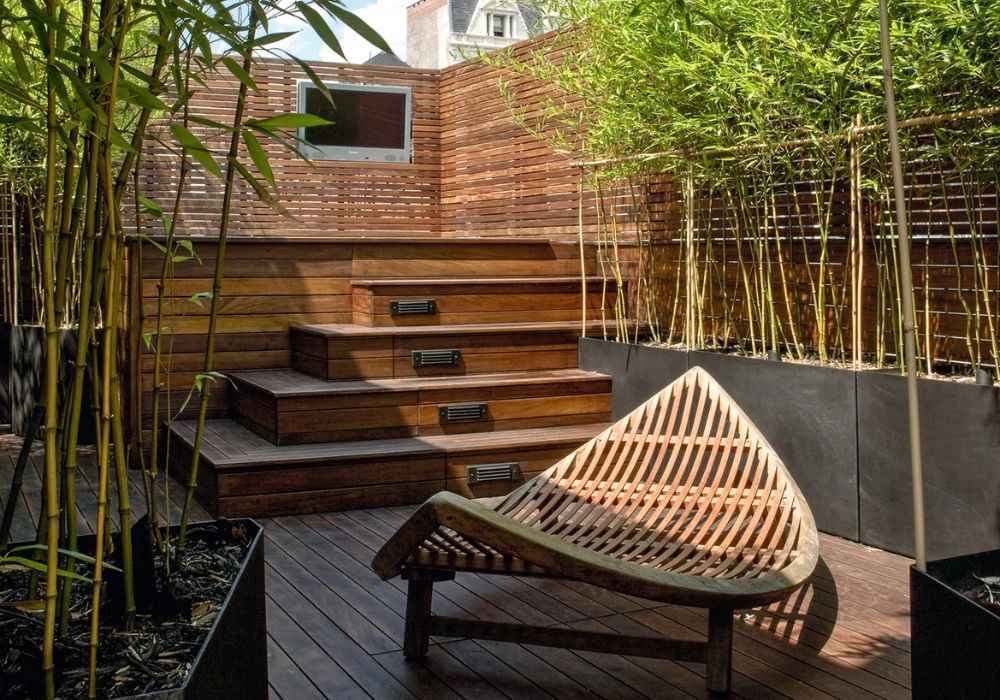When it comes to enhancing the functionality and aesthetics of your outdoor space, few additions can rival the benefits of a porch awning. These structures not only provide shelter from the elements but also add a touch of style and comfort to your home. In this article, we will explore the various advantages of porch awnings, the different types available, and tips for choosing the right one for your needs.
What is a Porch Awning?
A porch awning is a roof-like structure attached to the exterior of a home, typically above a porch or entrance. It serves to shield the area beneath from rain, snow, and direct sunlight, creating a more enjoyable and usable outdoor space. Porch awnings come in various materials, styles, and sizes, allowing homeowners to choose options that best fit their needs and aesthetics.
Benefits of Porch Awnings
1. Protection from the Elements
One of the primary benefits of a porch awning is protection from weather conditions. Whether it's the scorching sun in summer or the rain in spring, an awning provides a comfortable area where you can relax without worrying about getting wet or overheated. This protection also extends to outdoor furniture, which can be shielded from UV damage and water, prolonging its lifespan.

2. Increased Usable Space
A porch awning effectively extends your living space outdoors. With a covered area, you can enjoy your porch regardless of the weather. This added space can be utilized for various activities, such as reading, dining, or entertaining guests. Awnings can transform a simple porch into a cozy retreat or an outdoor dining area, making it a versatile addition to your home.
Read more: Front Yard Landscaping Ideas To Upgrade Curb Appeal Without Breaking The Bank
3. Energy Efficiency
Porch awnings can contribute to energy savings in your home. By blocking direct sunlight from entering your home, they help keep indoor temperatures cooler during hot summer months. This can reduce the need for air conditioning, leading to lower energy bills. Additionally, awnings can help protect your home’s interior from fading due to sun exposure.
4. Enhanced Curb Appeal
A well-designed porch awning can significantly enhance the curb appeal of your home. Available in various styles, colors, and materials, awnings can complement the architectural design of your house and add a touch of elegance. A stylish awning can make a strong first impression and increase the overall value of your property.

5. UV Protection
Awnings provide an essential barrier against harmful UV rays. Spending time outdoors is beneficial, but prolonged exposure to the sun can lead to skin damage. With a porch awning, you can enjoy the outdoors while minimizing your risk of UV-related health issues. This makes it a great option for families with children or anyone who enjoys spending time outside.
6. Versatility and Customization
Porch awnings come in a variety of styles and materials, allowing for customization to suit your preferences and home design. Whether you prefer a retractable awning for flexibility or a fixed structure for stability, there are countless options available. Materials can range from fabric to metal, each offering different benefits in terms of durability and maintenance.
Types of Porch Awnings
1. Retractable Awnings
Retractable awnings are a popular choice for homeowners looking for flexibility. These awnings can be extended or retracted as needed, allowing you to adjust the amount of shade or sunlight your porch receives. They are often operated manually or with a motorized system, making them convenient for various situations.
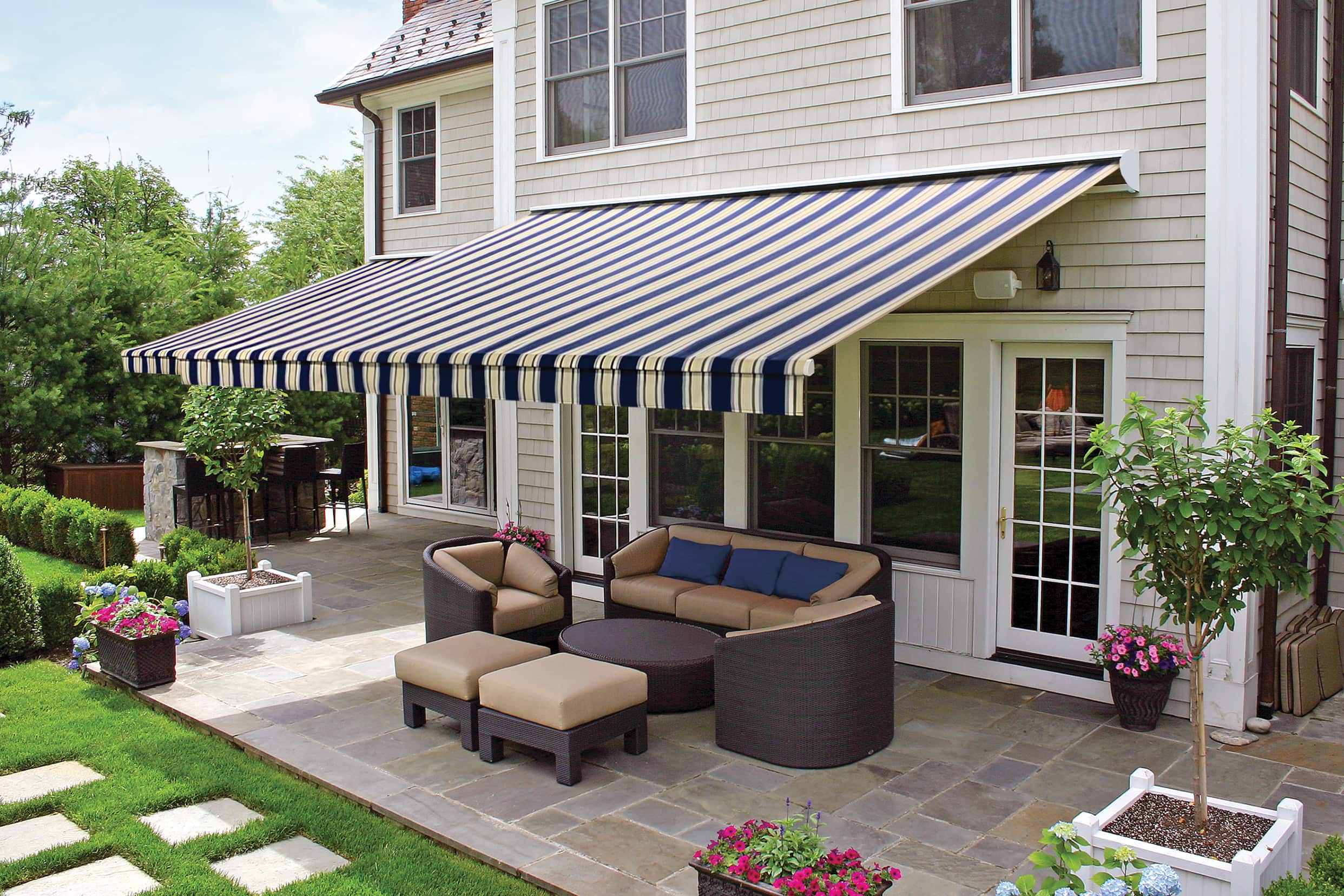
2. Fixed Awnings
Fixed awnings are permanently attached to the structure of your home and provide consistent protection from the elements. These awnings are typically made from durable materials like metal or acrylic and are designed to withstand various weather conditions. Fixed awnings offer a traditional look and can enhance the architectural style of your home.
3. Freestanding Awnings
Freestanding awnings are independent structures that can be placed wherever needed in your outdoor space. These are ideal for creating shaded areas in backyards or gardens. Freestanding awnings can be used to cover seating areas, outdoor kitchens, or even hot tubs, providing flexibility in your outdoor design.
4. Canopy Awnings
Canopy awnings feature a more structured design, providing a stylish and elegant appearance. They are often used in commercial settings but can also be an attractive option for residential homes. These awnings can be designed to match the style of your home and offer excellent protection from the sun and rain.
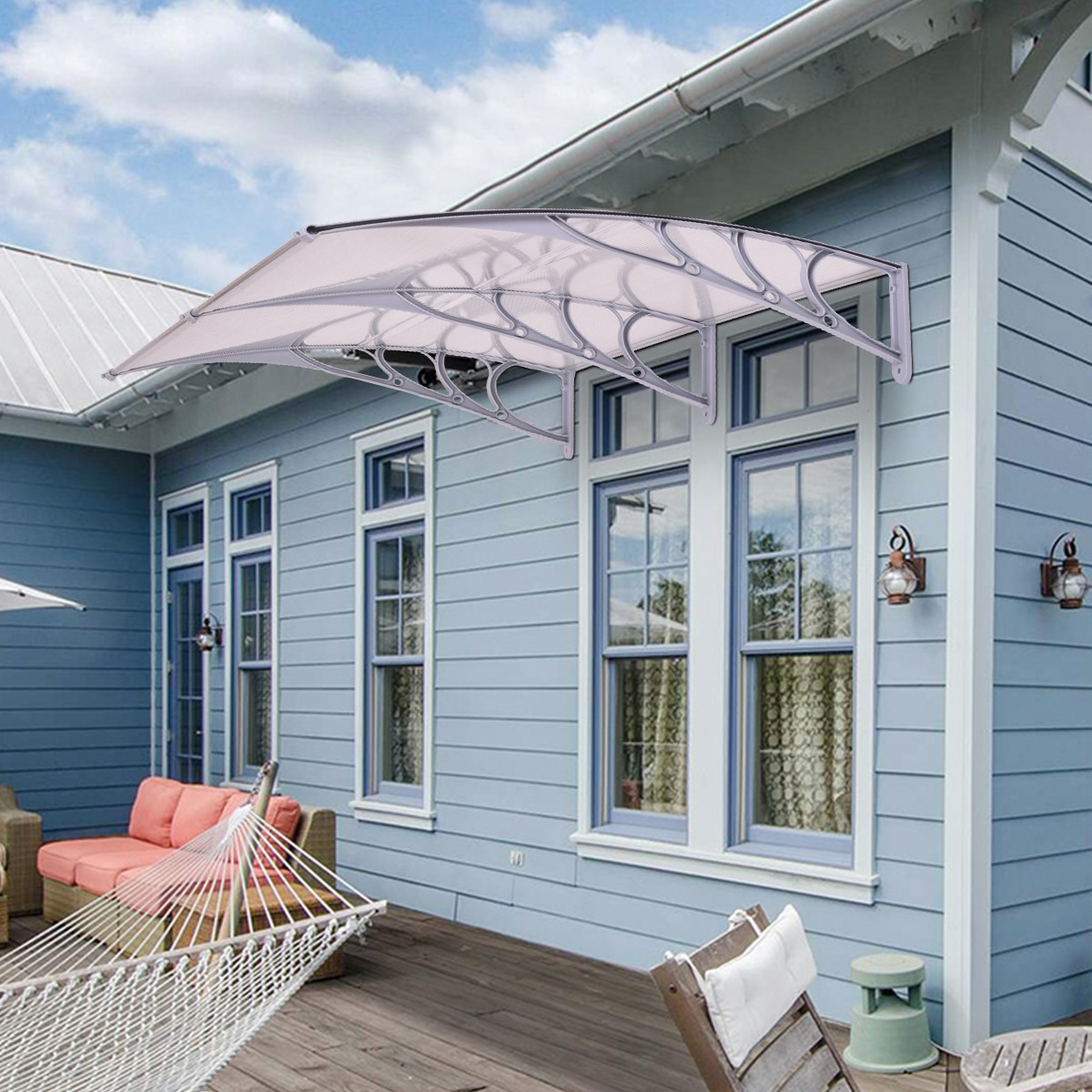
Choosing the Right Porch Awning
When selecting a porch awning, there are several factors to consider to ensure you choose the best option for your space.
1. Size and Coverage
Consider the size of your porch and the coverage you need. Measure the area where you want to install the awning to determine the appropriate size. Ensure that the awning provides adequate coverage for your outdoor furniture and any activities you plan to do in that space.
2. Material
The material of the awning affects its durability and maintenance. Fabric awnings are often lightweight and come in various colors and patterns but may require more upkeep than metal awnings. Metal awnings, while more durable, may have fewer design options. Choose a material that fits your aesthetic preferences and maintenance capabilities.
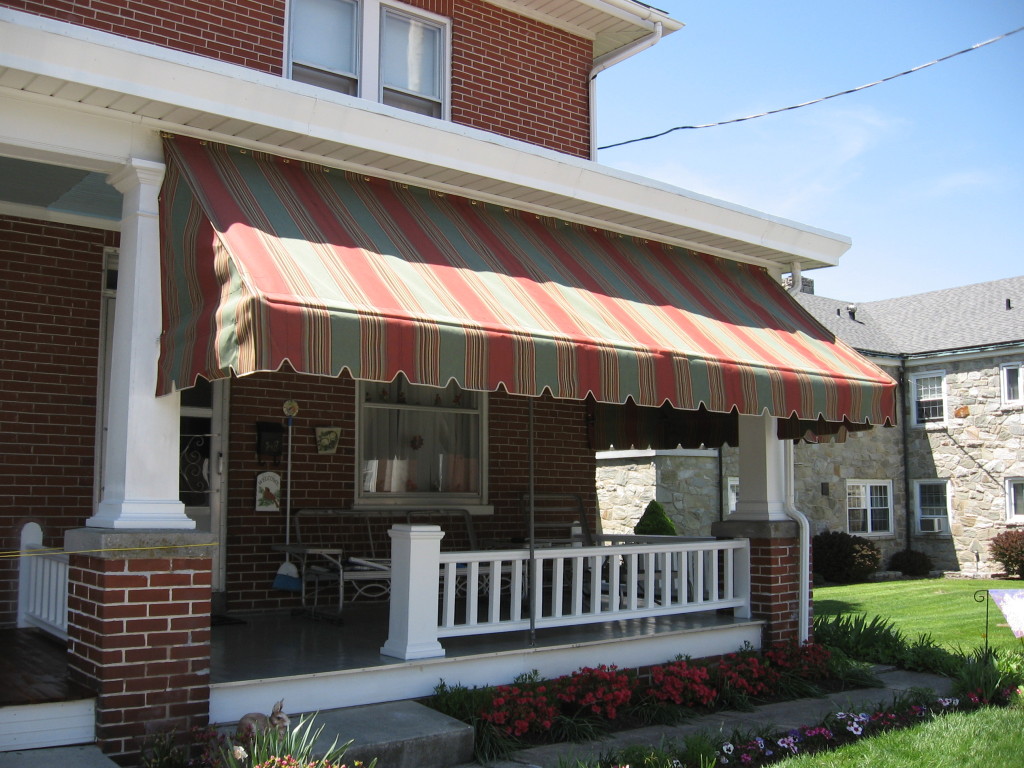
3. Style
Your porch awning should complement your home's architecture. Consider the style of your house—whether it's modern, traditional, or rustic—and select an awning that enhances its look. The color and design of the awning can significantly impact your home's curb appeal.
4. Budget
Awnings come in a wide range of prices, so it’s essential to set a budget before you start shopping. Keep in mind that while a higher initial investment may be more costly, it could also offer better durability and longevity, ultimately saving you money in the long run.
5. Installation
Consider whether you will install the awning yourself or hire a professional. Some awnings are designed for easy DIY installation, while others may require specialized skills or tools. Factor in the cost of installation when budgeting for your awning.
Maintenance Tips for Porch Awnings
To keep your porch awning looking great and functioning effectively, regular maintenance is essential.
1. Cleaning
Periodically clean your awning to remove dirt, debris, and stains. Use a soft brush or sponge with mild soap and water. Avoid harsh chemicals that could damage the fabric or finish of the awning.
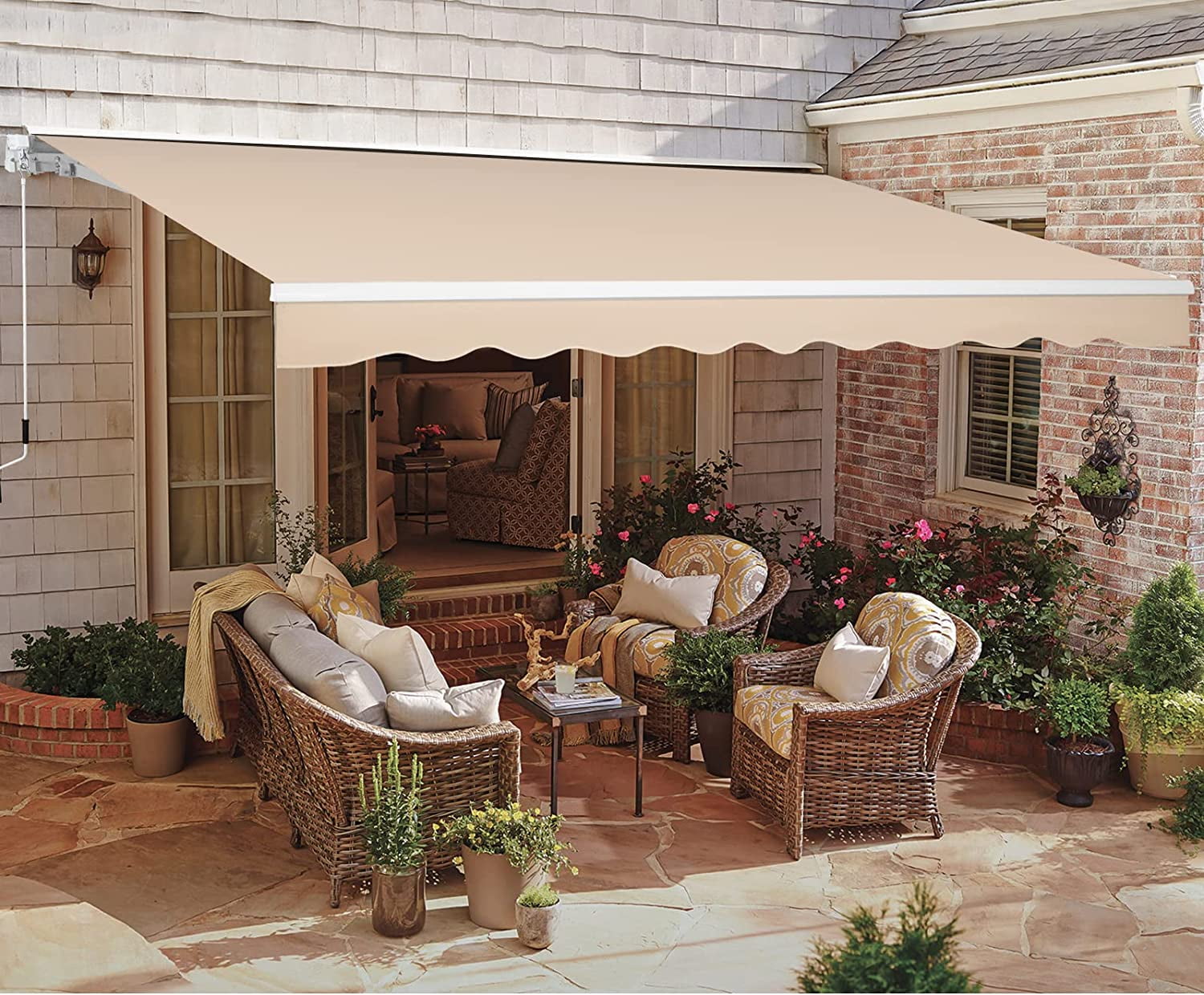
2. Inspection
Regularly inspect your awning for any signs of wear or damage. Look for frayed edges, rust on metal structures, or loose fittings. Addressing these issues promptly can prevent more extensive damage and costly repairs down the line.
3. Seasonal Care
If you live in an area with harsh winters, consider retracting your awning or removing fabric awnings during the off-season. This will help protect them from snow and ice damage. In warmer months, ensure your retractable awning functions smoothly to avoid any unexpected issues.
Conclusion
A porch awning is a valuable addition to any home, offering numerous benefits that enhance your outdoor living experience. From protection against the elements to increased energy efficiency and enhanced curb appeal, awnings provide practical and aesthetic advantages. By choosing the right type, size, and style, you can create a versatile outdoor space that meets your needs and complements your home’s design. With proper maintenance, your porch awning can provide years of enjoyment and comfort, making it a worthwhile investment for any homeowner.




